Maria Laine Of Boeing Says The F/A-18 To Add Indian Navy A Strategic Edge And Help Scale Up Supply Chain
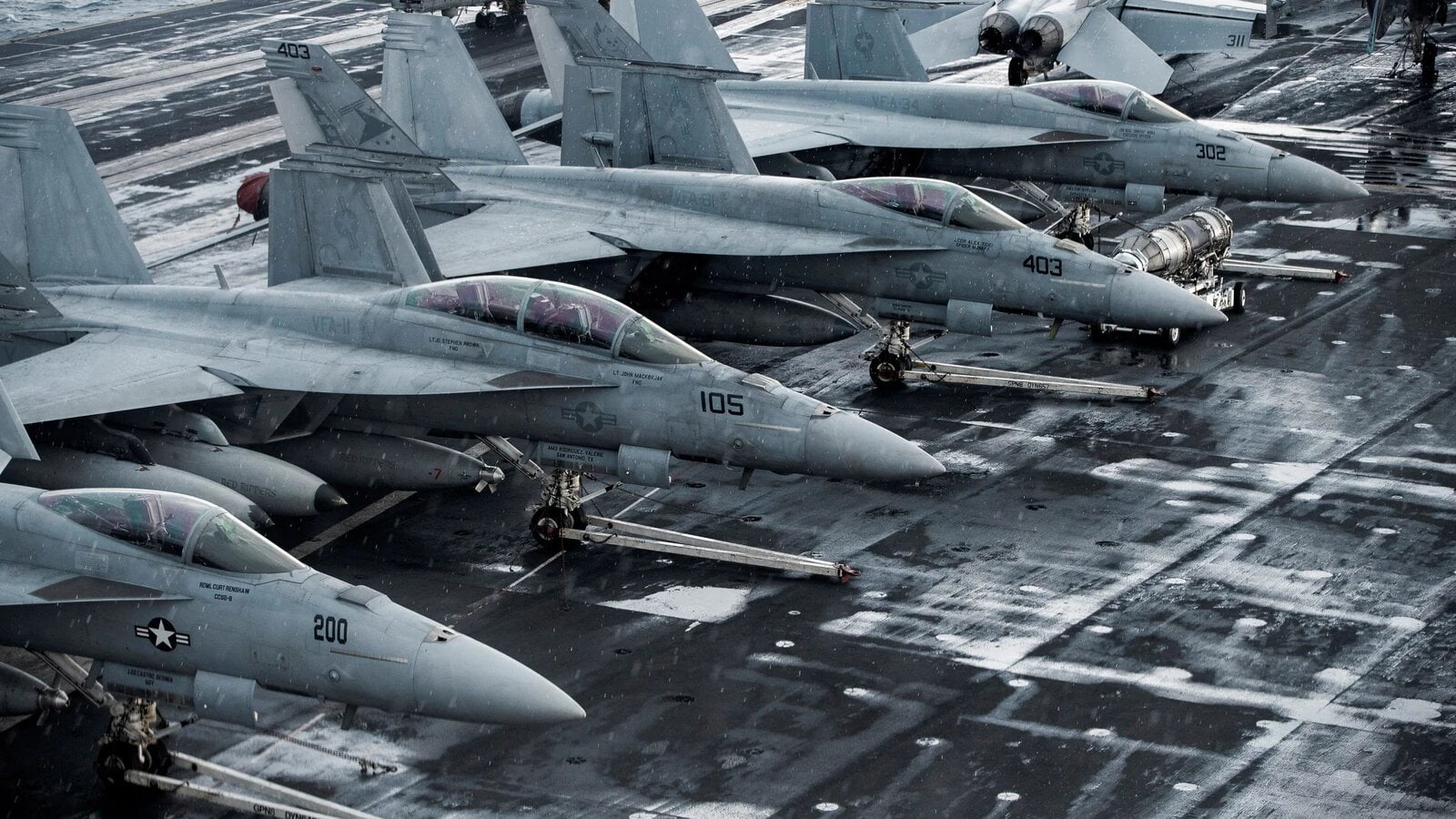
- The programme for the Air Force is still a little ways off. It's not as good as the Navy programme right now. We need to see what the final requirements are and how they look.
- The other thing I think is important is how important it is that our defence relationship with the United States keeps getting stronger over time.
I have to start by saying that the F/A-18 is a great product, especially since it needs to be able to fly from an aircraft carrier.
In terms of the Boeing story, when we think about the F/A-18 and look at other countries where we have sold it in the past, a big part of it has always been co-produced or put together in the countries where we have sold it. There is a lot of making of parts, and for India in particular, Boeing has been laying the groundwork for more than ten years with all of our other programmes.
We have a joint venture with TBAL in Hyderabad that makes Apache fuselages for customers outside of India. Over the past 10 years, we’ve built up a strong global supply chain here in India. It now has 300 companies. We find more than $1 billion worth of parts and pieces for commercial and military Boeing products all over the world.
We have a big defence business and a strong services business that really ties everything together. We have the ability to support the products where they are sold, and we have done this all over the world.
If India wanted to manufacture here, would that be possible?
Everything can be talked about. So, what matters is what the customer wants. We can look at what makes the most sense. Even though we have built up that global supply chain, we already make F-18 parts and pieces here in India.
I also said that they make parts and pieces that are used in all of our defence products that are sold all over the world. One of these is already the F/A-18. We do have the chance to bring a lot more of that F/A-18 work to India as part of what we have to offer. So, that is definitely on the table.
If Boeing is selected by the Indian Navy and IAF for MRFA, could there be a possibility for India to be a hub of F/A-18 production line perhaps?
Everything can be talked about. So, what matters is what the customer wants. We can look at what makes the most sense. Even though we have built up that global supply chain, we already make F-18 parts and pieces here in India. I also said that they make parts and pieces that are used in all of our defence products that are sold all over the world. One of these is already the F/A-18. We do have the chance to bring a lot more of that F/A-18 work to India as part of what we have to offer. So, that is definitely on the table.
So, for example, we just got a request from Poland for 96 Apache. The fuselages for the Apaches are made in India. Then, that will be part of the Apache product in Poland as well. That seems like the best way to run a business.
We already have the chance to make F/A-18 parts here, and if we get picked, there are more chances to do so. Just talk about how we have set up the F/A-18 sustainment business model. The example I gave is a proven fact because it actually happens.
We have two parallel program requirements from the Indian armed forces about the multi-role fighter aircraft. How would you combine the scale here and in terms of sustainment?
We already have a lot of platforms here in India, which is why we set up our own local organisation to help support them. It has worked with the customer and with other businesses in the area. We do that here to support the platforms that are already in place.
But, of course, that can keep getting bigger, and since it’s all done by Indians, that’s the best way to do it. We keep adding to it, and the more products we can work on, the more useful it is to have the OEM knowledge and skills to back it up. It’s done by our team in India, in collaboration with the customer and other partners in the industry.
What about F-15 and the new version– the upgraded one, which is also being offered to India. How do you merge those two offers?
The Indian Air Force will decide.
According to you. which one is suitable for India?
I think it depends. The programme for the Air Force is still a little ways off. It’s not as good as the Navy programme right now. We need to see what the final requirements are and how they look. Then we can talk about what the right offer should be. We know that the F/A-18 is the best fighter for the Navy’s programme, which is to put the fighter on an aircraft carrier.
India already has another platform which is part of Indian Air Force, ‘the rafale aircraft’ and they have offered an upgrade of that. If the Indian government chooses Boeing they will need to invest in these additional requirements, what is your counter argument for that?
If India has spent a lot of money and gone to a lot of trouble to get an aircraft carrier, they should make sure they have the right products, the right skills, and the right tools. And now it’s up to the Indian Navy to figure out what is best for the Indian aircraft carrier.
We would say that the F/A-18 is the better choice for a number of reasons. The other thing I think is important is how important it is that our defence relationship with the United States keeps getting stronger over time. It is still important from a strategic point of view.
You think about the parts of the quad relationship and how important it is for governments to have good relationships with each other and be able to work together in this very important maritime domain.
You spoke about more strategic aspects, which goes beyond the military equipment. Especially in the maritime, you have P-8I. How does it help the interoperability aspect?
You just made a very important point because it has a lot to do with strategy right there. There is no better way for India to make the most of the great investments it has already made, and platforms like the P8, P-8I, and the interoperability and connectivity between the F/A-18 and the P-8 will just be a force multiplier.
So, the best thing would be to have common platforms and systems that can really talk to each other and work together. And that is a good thing. That the F-18 also has, based on the platforms and equipment that the Indian military already has, so that’s a huge plus.

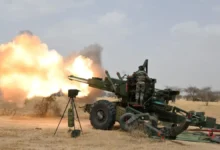
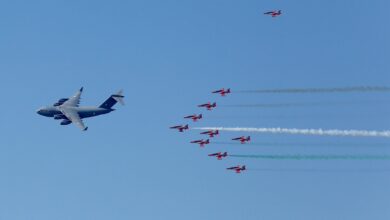
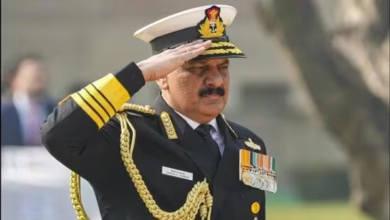
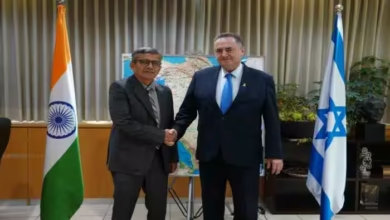
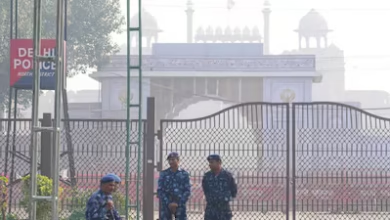
Facebook Comments